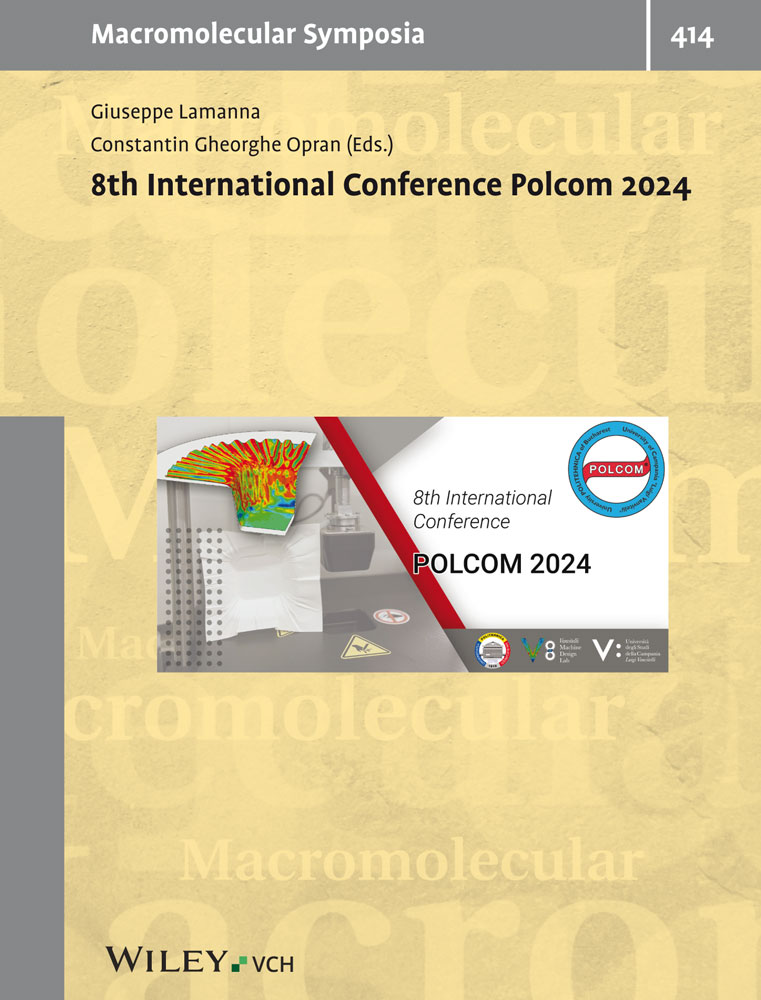Electro-optic effects and phase behavior of liquid-crystalline physical gels: self-assembly of hydrogen-bonded molecules for the formation of dynamically functional composites
Abstract
Anisotropic physical gels of liquid crystals are obtained by the formation of non-covalently-bonded networks through self-organization of low molecular weight compounds in nematic solvents. They exhibit thermoreversible transitions between isotropic liquid and isotropic gel, and between isotropic gel and liquid-crystalline gel, whose temperatures are dependent on the components. Electro-optic properties of liquid-crystalline gels are examined with twisted nematic cells. A nematic liquid crystal in a gel structure can respond to electric fields twice faster than a single liquid-crystalline component.




